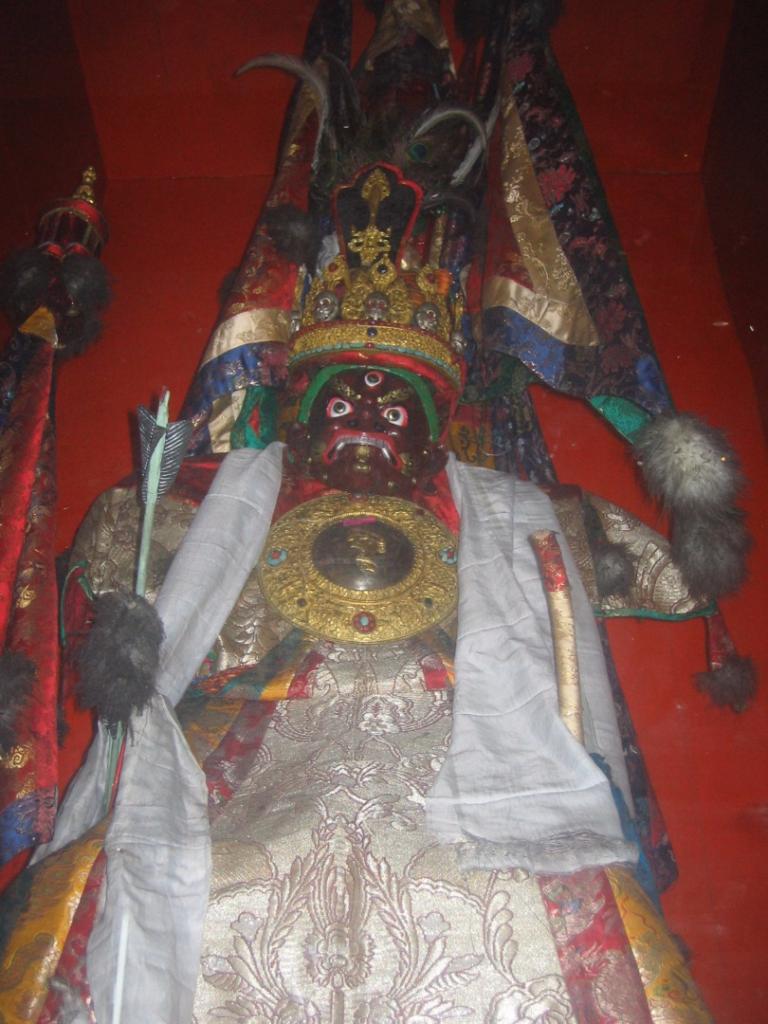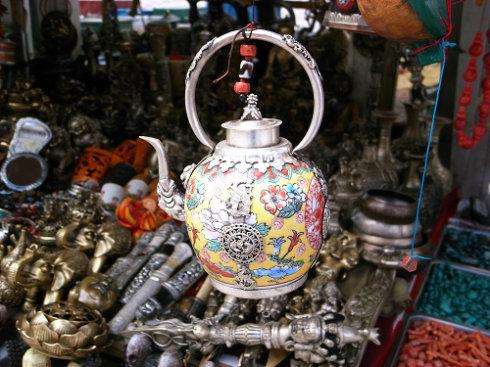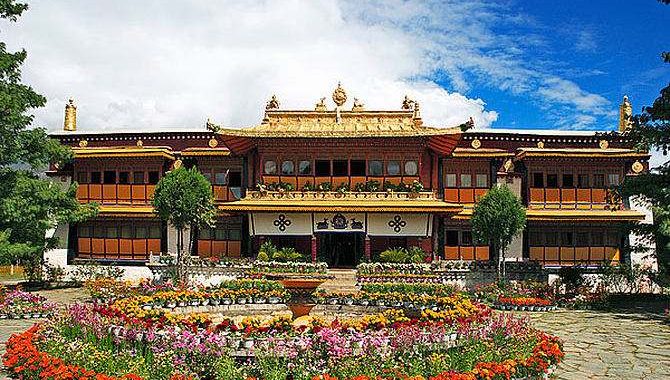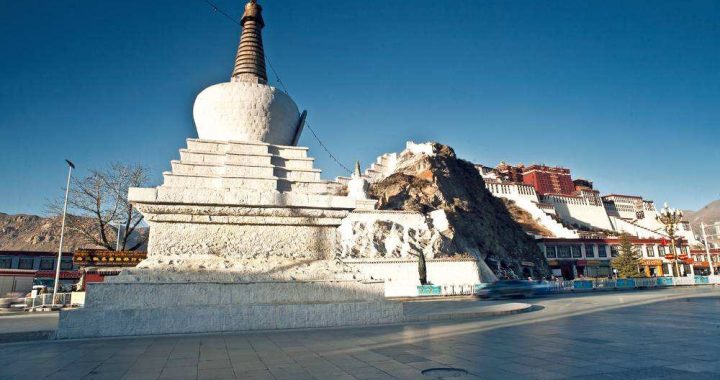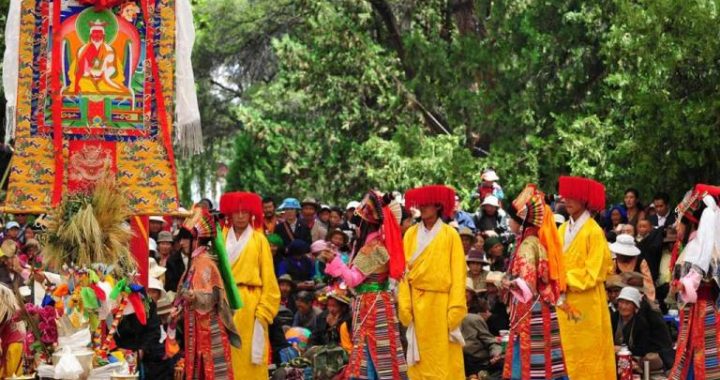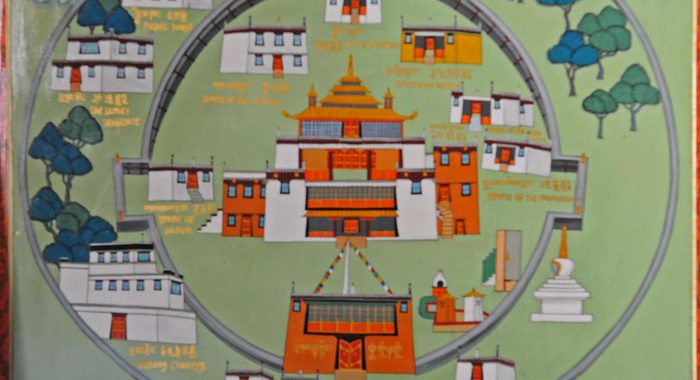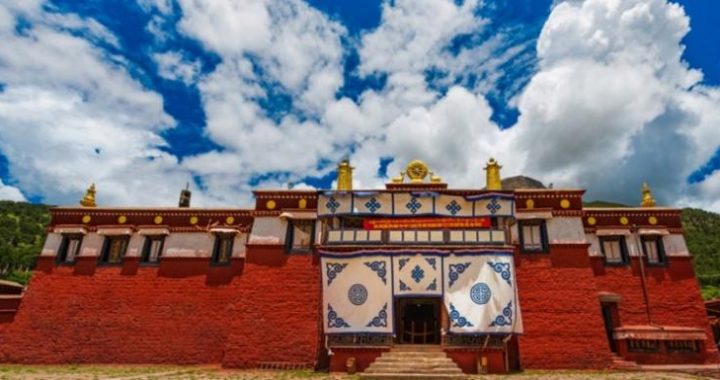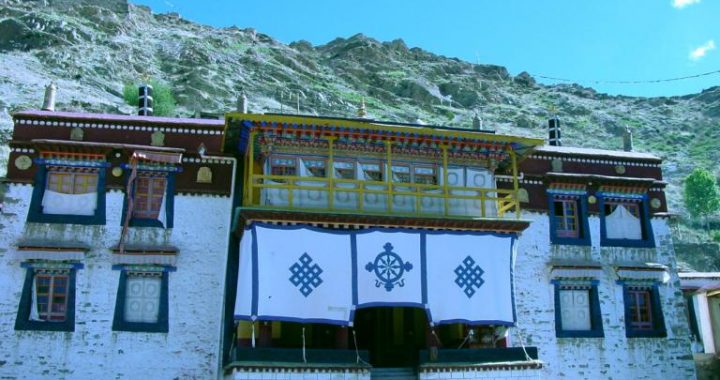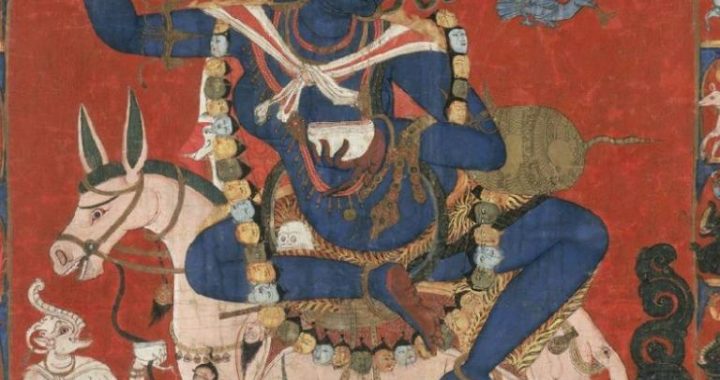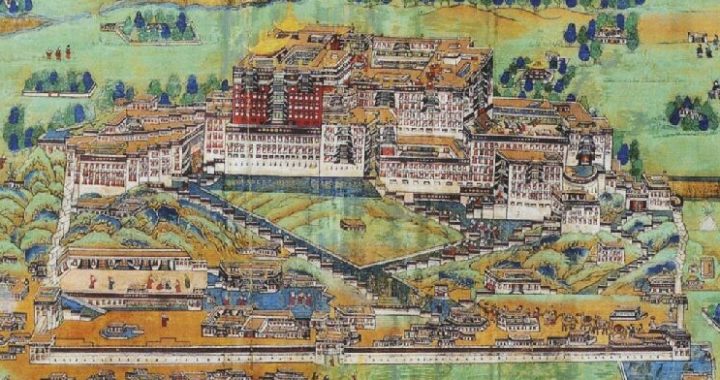The Patriarchal Monastery of Gelug Sect: Ganden Monastery
4 min readGanden Monastery, once called by the Emperor Yongzheng in the Qing dynasty as Yung-t’ ai Monastery, located on Mount Wangkur within Dagze County in the easternsuburbs of Lhasa. It is the first temple of Gelug sect built by the sect founder Tsongkhapa. Tsongkhapa served as the first Ganden Tripa (abbot of a Tibetan monastery); he divided the monastery into two Dratsangs(Tibetan monastic college) of Jangtze and Shartse, which laid the foundation for the formation of Gelug sect. As the Gelug sect’s patriarchal monastery, Ganden Monastery occupies a significant position in Lamaism and Ganden Tripa enjoys a lot of prestige in Gelug sect in that his status is just second to that of Dalai and Panchen. Ganden Monastery, where Tsongkhapa ascended the throne and passed away, is one of the four major temples of Gelug sect alongside of Drepung Monastery, Sera Monastery and Tashilhunpo Monastery.
Backing against the mountains, Ganden Monastery consists of 50-odd main structures such as Tsog-chen Hall, Jangtze Dratsang, Shartse Dratsang, living Buddhas’ residence and so on. The body of the temple complex mainly in red and white is set off by the golden roofs. Each structure is descending the mountain ridge, forming a minor temple complex which looked at from afar appears very impressive.
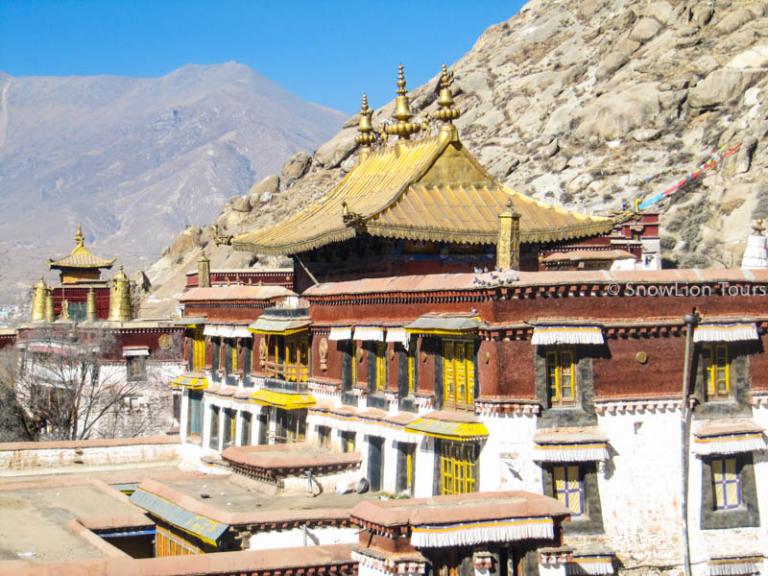
Though the ancient Ganden Monastery was damaged, the renovations in 1981 restored the architectural style of the temple which now has expanded to cover a floor space of 150,000 square meters. Among all the constructions of Ganden Monastery, the Tsongkhapa’s bedroom and the stupa boast the greatest historic value.
The bedroom of Tsongkhapa, or Trithog Khang, first built in 1409, witnessed the Parinirvana of Tsongkhapa in 1419. Then it was expanded in 1720 before being added with a gold roof by the tenth Dalai. As Tsongkhapa and Ganden Tripas once lived and practiced Buddhism in this place, their effects including cassocks, cushions and Tsongkhapa’s seal are kept there and the hall is thus called Storage Hall. In addition, gilt bronze statues of Manjushri, Ushnisha Vijaya and Sitatapatra (the White Umbrella Goddess) are enshrined in Tsongkhapa’s bedroom, and there are four Yidam mandalas for Gelug sect followers to practice Buddhism. The memorial hall of Tsongkhapa is on the top floor of the Yangbajian Hall of which the main structure of three stories covers 360 square meters. On October 25,1419, Tsongkhapa passed away in his bedroom, so his disciples including Dama Rinchen built this memorial hall in1420 in honor of the founder of Gelug sect and used 900 taels of silver to build a soul stupa to keep Tsongkhapa’s corpse. The stupa in honor of Tsongkhapa was initially covered with silver. Legend has it that in the reign of the tenth Ganden Tripa Gendun Phuntsok, the grandson of Gushri Khan collected a whole year’s taxes of Qinghai province and converted them into gold which he used up to cover the stupaand decorated with jewelry and gems, so the stupa appears extremely magnificent. In1921 the 13th Dalai renovated the stupa and the hall so as to make them even moreimpressive. Afterwards more stupas were built in honor of all the following Ganden Tripas after their passing away.
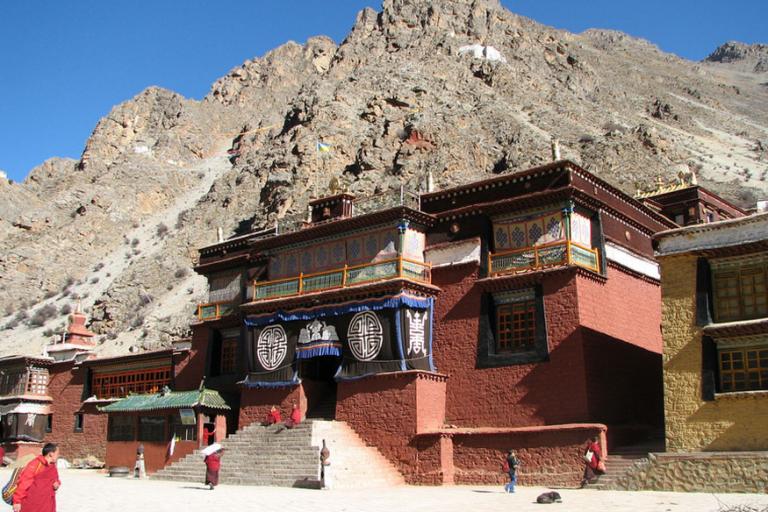
In addition to the two structures as introduced above, Ganden Monastery comprises other famous buildings such as the Tsog-chen Hall, the Yangbajian Hall and two Dratsangs of Jangtze and Shartse. The Tsog-chen Hall or Mahavira (Grand Lord) Hall was first built in 1409. In the beginning the monastery had only three stories later on it was topped with the gold roof and got expanded to the extent that atpresent it covers around 1,600 square meters and accommodates 3,300 monks. Inside Tsog-chen Hall are enshrined the statues of Tsongkhapa and Maitreya; in its center there is Tsongkhapa’s throne under which there are five gold lions that are valuable cultural relics now. There is a group of Pratibimba themed on “Tushita heaven”underthe upper doorframe of the small hall on the left; the artistic skills as reflected in the statues are marvelous. In addition, there is a peculiar pillar in the hall about one hand above the ground; it is said that visitors to Ganden Monastery will touch the bottom of the pillar as a gesture to pray for blessings. Inside the smallhall stands a bed for Tsongkhapa’s meditation and the Tibetan-language Gangyur and Tanjur written in pure gold.
Located on the left of Tsog-chen Hall, Yangbajian Hall is named thus because of the boulder behind it with its origin being in Yangbajian of India as suggested by the legend. It took seven years to build this hall as of 1409. In 1610 the fourth Dalai added a gold top to it which covers around 800 square meters as the main Dharmapalas Hall of Ganden Monastery. All the mandalas in Yangbajian Hall are made of gilt bronze; the statues all made of silver boast fine workmanship and resplendent forms. These statues in combination with the splendid frescoes, decorative banners, and gorgeous pillars and beams constitute a palace as marvelous as that depicted in the legend.
The Jangtze Dratsang, one of the four Dratsangs in Ganden Monastery, built by Horton Namka Palwa,a disciple of Tsongkhapa, covers 930 square meters and accommodates 1,500 monks. This Dratsang enshrines the group statues of Sakyamuni expounding Buddhism to his disciples and the statues featuring Lakshmi. Shartse Dratsang, the other Dratsang in Ganden Monastery built by Sherab Rinchen Gyeltsen, another disciple of Tsongkhapa, covers around 1,000 square meters and accommodates1,500 monks. In both Dratsangs of the Ganden Monastery all the Buddhist scriptures were composed by Tsongkhapa and his two disciples mentioned above. On top of all, Ganden Monastery boasts a number of valuable relics, such as the royal armor awarded by Emperor Qianlong in the Qing dynasty, the Tsongkhapa’s throne and the bed witnessing Tsongkhapa’s passing away,24 Tangkas presented by Emperor Yongle in the Ming dynasty, the cushion of Gushri Khan and so on, which present the time-honored tradition and great prestige this temple enjoys.
